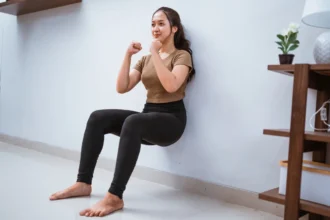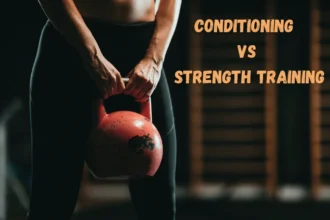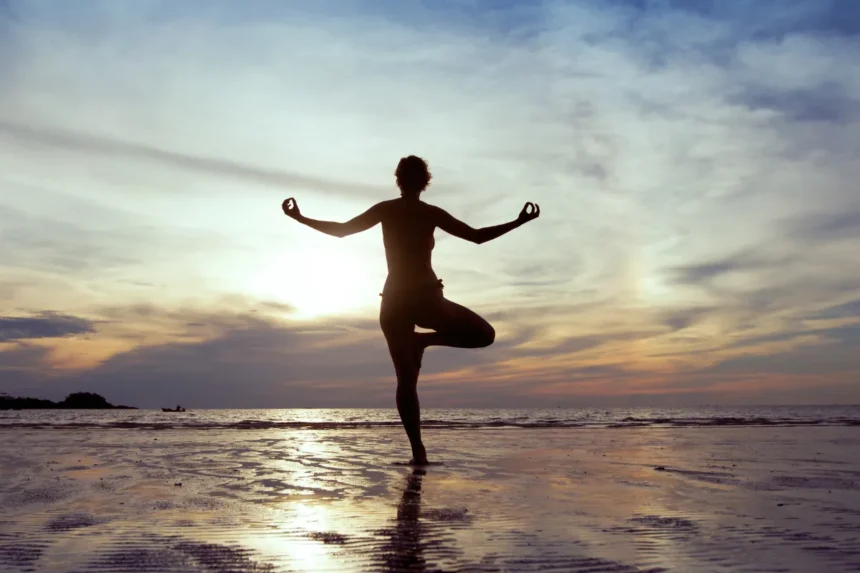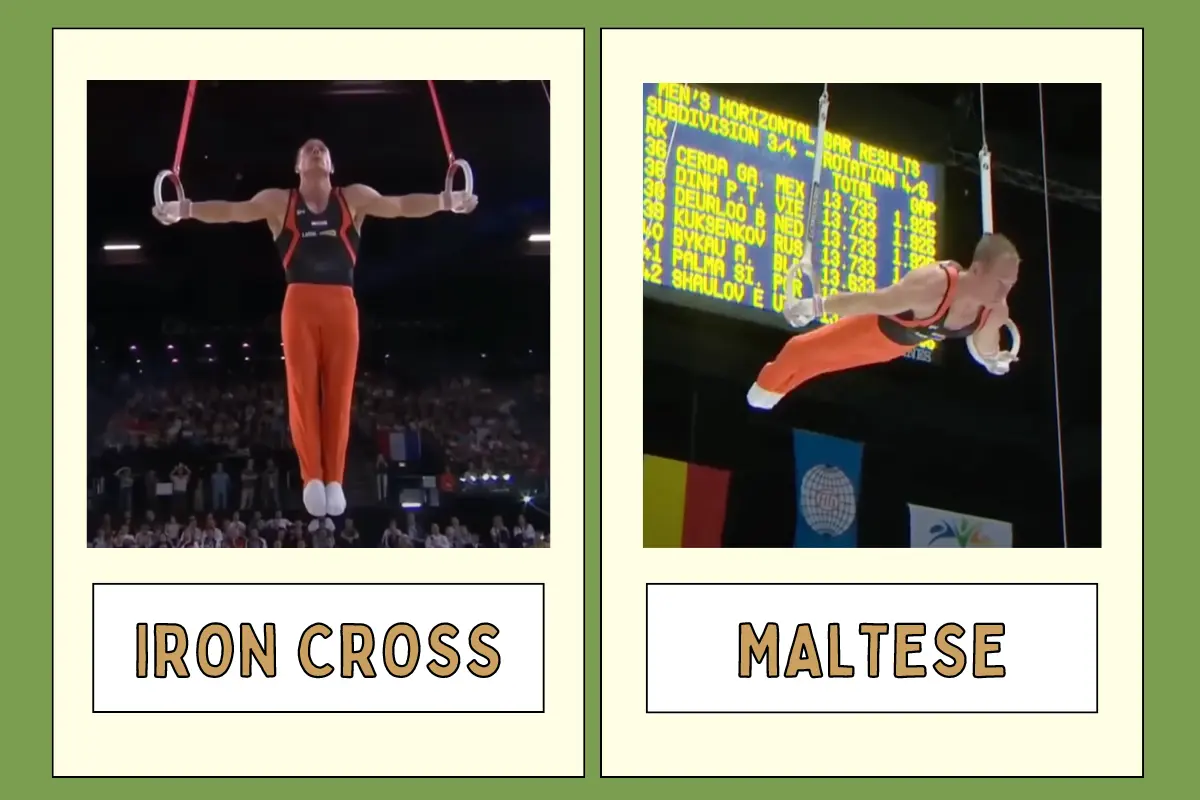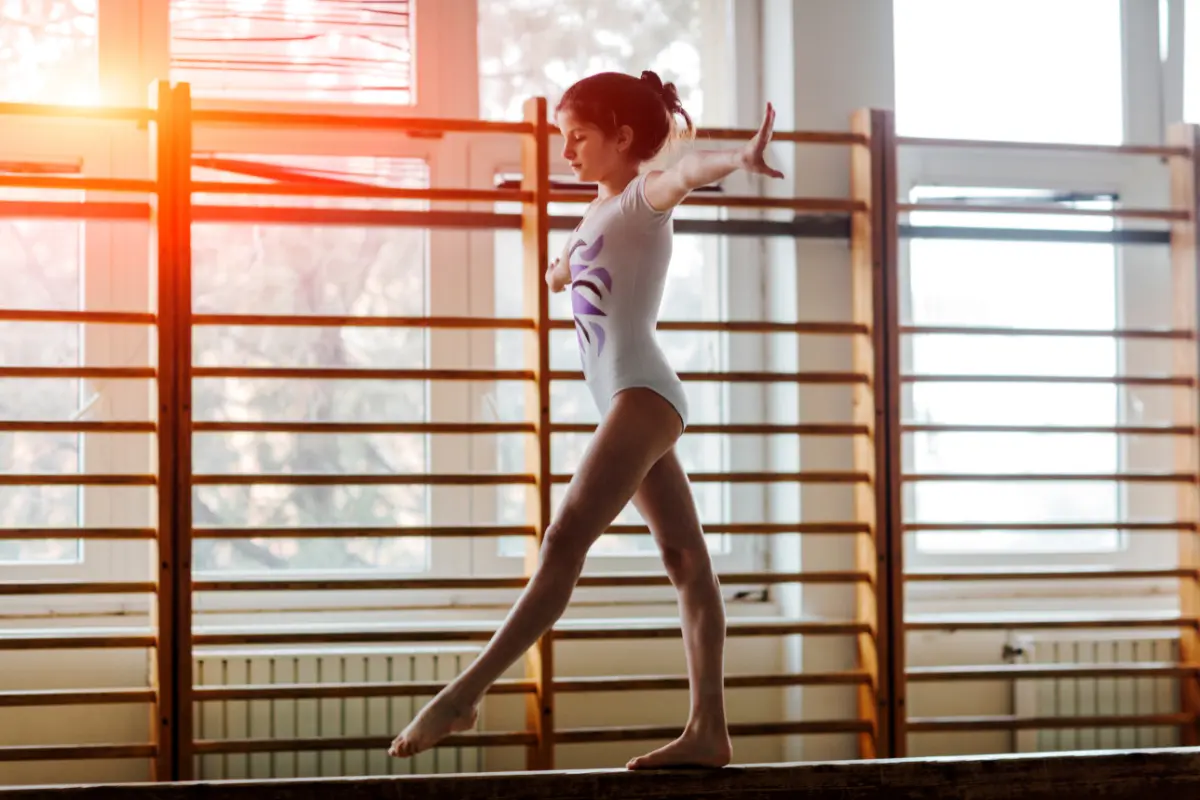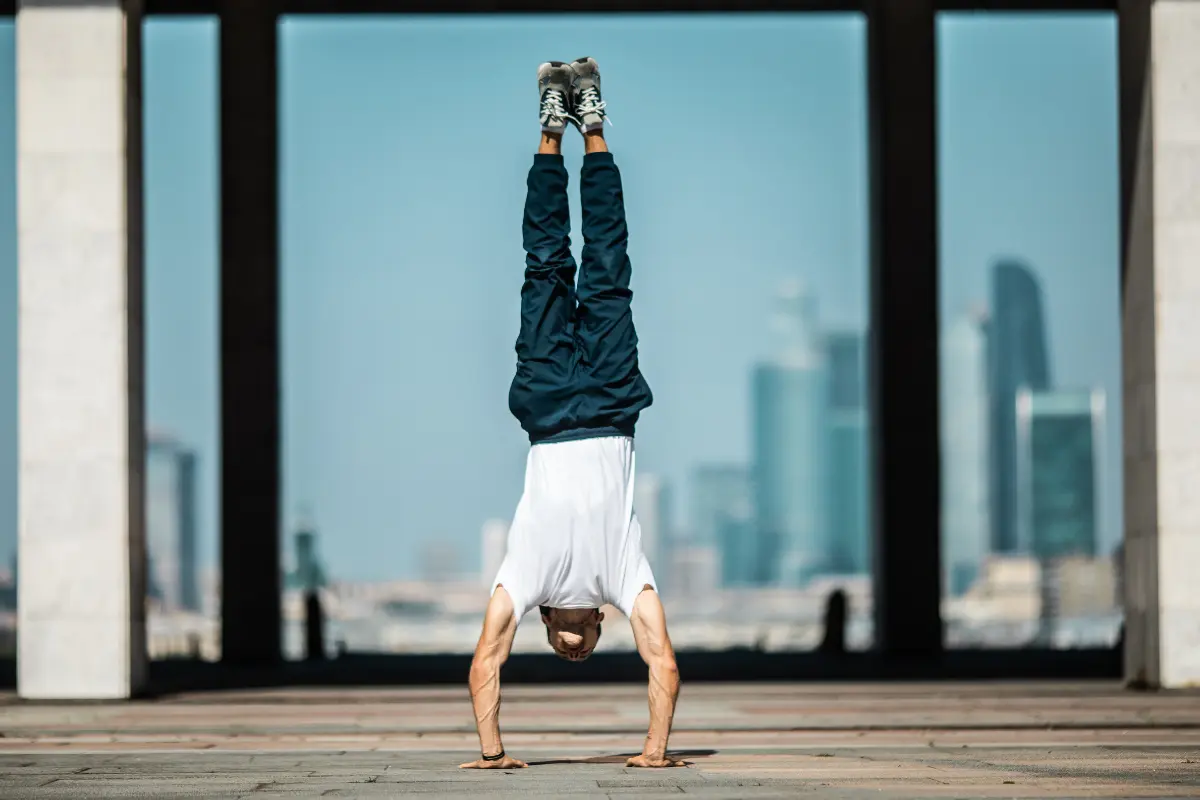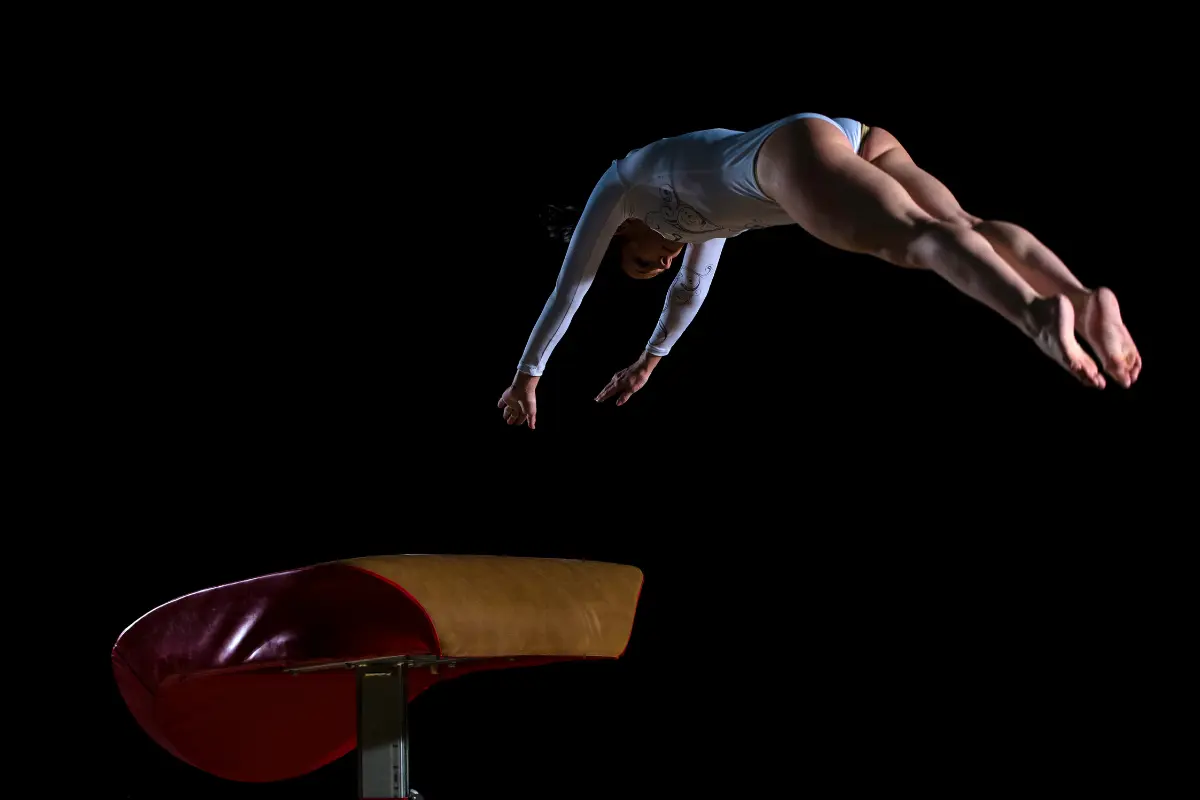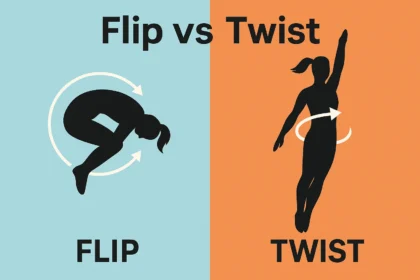The center of gravity (COG) is the point where your body’s mass is evenly distributed in all directions. Think of it as your personal “balance point.” In the world of physics, the lower this point is, the more stable you become. The closer it is to the ground, the less likely it is that external forces—like momentum or gravity—will knock you off balance.
In sports that require a lot of movement, a stable center of gravity offers serious benefits:
- It helps improve coordination and control.
- It boosts reaction times when changing positions or direction.
- It reduces the risk of falls or missteps.
- It allows for faster recovery when transitioning through complex movements.
How Male and Female Centers of Gravity Differ
We all have a center of gravity, but for men and women, the location is a bit different. It’s all tied to anatomy, and those differences are more than just cosmetic.
For women, the center of gravity tends to be lower, usually around the hips or pelvis. For men, it’s typically higher, around the chest or upper abdomen. This difference comes from a few key physical traits:
- Pelvis Shape: Women generally have wider hips, and their pelvis is tilted lower.
- Fat and Muscle Distribution: Men tend to carry more muscle mass in their upper bodies, while women store more fat in their hips and thighs.
- Torso-to-Leg Ratio: Women usually have shorter torsos and longer legs in relation to their height, which keeps their COG closer to the ground.
Together, these traits create a lower, more stable base for women, which makes it easier to maintain balance, especially in fast-moving or narrow situations.
Lower Center of Gravity = Easier Balance — Here’s Why
Gravity isn’t just a quirky biological fact—it actually gives female athletes a real mechanical advantage when it comes to balance, stability, and control. But how does it work in practice?
More Stability
A lower center of gravity (COG) means it’s closer to your base of support, making it harder to tip over. Think of it like a pyramid—wide at the base and low. It’s much harder to knock over than a tall, narrow tower. Women, with more mass in their hips and thighs, function more like that stable pyramid, giving them a natural advantage in staying balanced.
Quicker Recovery
When you lose your balance, your body automatically makes adjustments to regain control. With a lower COG, these adjustments happen faster and with less effort. This is especially useful in sports like gymnastics or when performing quick movements on narrow surfaces, where small shifts can make a big difference.
Better Dynamic Balance
In fast-paced movements like leaps, spins, or flips, having a lower COG helps athletes keep their momentum centered. This means smoother changes in direction, more fluid turns, and more controlled landings. It’s why female athletes in sports like gymnastics, dance, or figure skating often look so graceful and in control.
Less Energy for Stability
Because a lower COG makes balance easier to maintain, athletes don’t need to spend as much energy fighting gravity. This saves energy for more explosive movements, longer endurance, and precision in their performance.
- In short: A lower center of gravity equals greater control with less effort—and that’s a game changer in any sport where balance matters.
The Balance Advantage in Real Life and Sport
You see the benefits of a lower center of gravity in action across many sports, but it’s not just for athletes. Here’s how it shows up in both competitive environments and everyday life:
1. Gymnastics
On events like the balance beam, female gymnasts’ lower center of gravity gives them a natural advantage in staying aligned with that narrow, 4-inch-wide surface. It doesn’t make the sport easy, but the physics behind it are more forgiving. The closer the center of gravity is to the ground, the more stable they are, helping them perform flips, leaps, and acrobatic moves with more control.
2. Dance and Cheerleading
Whether it’s ballet pirouettes or cheer stunts, control over the center of gravity is essential. Female athletes excel in core stabilization and fluidly shifting their COG to maintain balance. This gives them greater control over spins, turns, and poses, making their movements appear smooth and effortless, even in the most complex routines.
3. Yoga and Calisthenics
In both yoga and bodyweight strength exercises, maintaining control and engagement in the core is key. Female athletes often find it easier to hold static poses and sustain balance. With their lower COG, they can make the necessary micro-adjustments to keep their alignment perfect, especially in poses that require deep flexibility and precise balance.
4. Figure Skating and Diving
In figure skating and diving, control during spins and flips is all about mass distribution. A lower, more centered balance point helps female athletes maintain symmetry in mid-air, making it easier to execute clean rotations and stick the landing. Whether they’re flipping through the air or executing a flawless landing, their natural balance gives them the edge.
In the end, a lower center of gravity is more than just a physical difference—it’s a powerful advantage. For female athletes, it means better balance, quicker adjustments, and more control in sports that require precision. This natural trait allows them to perform with confidence and ease, making balance a key factor in their success.


